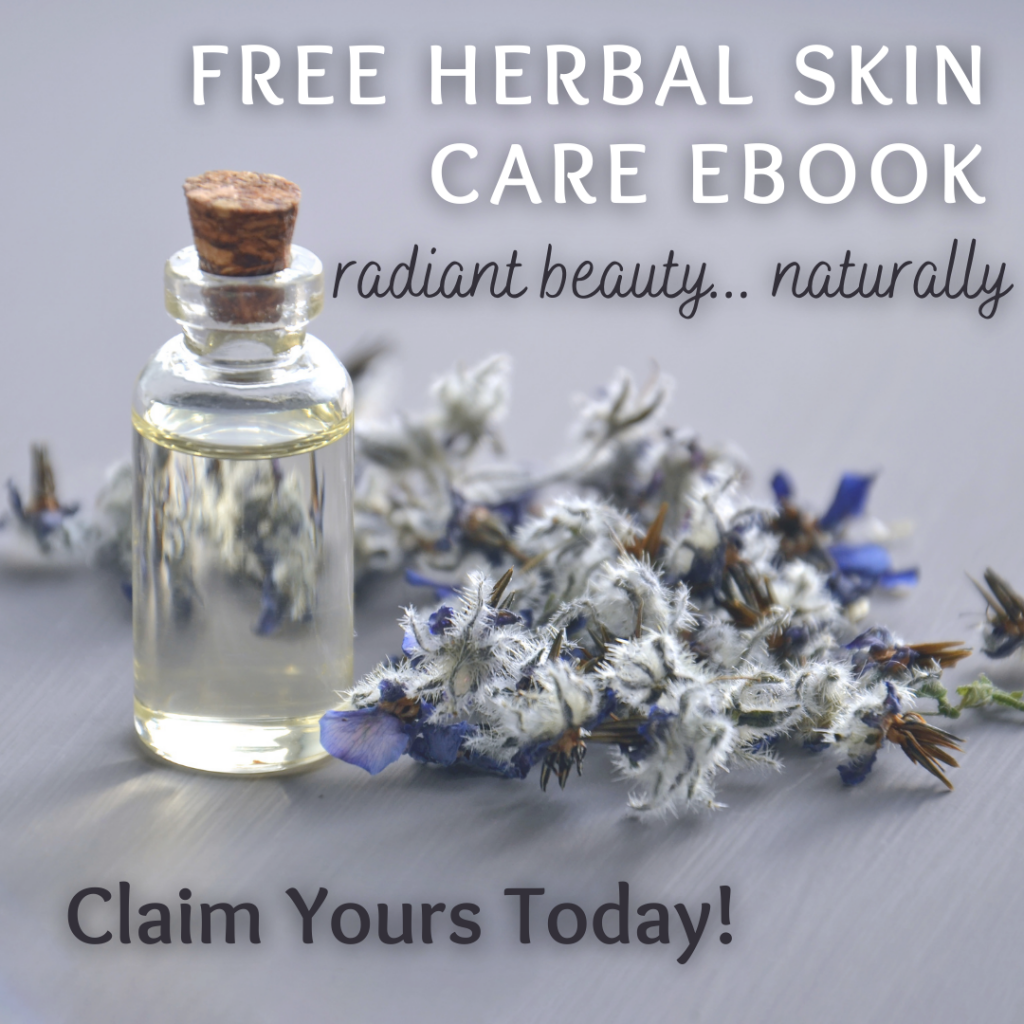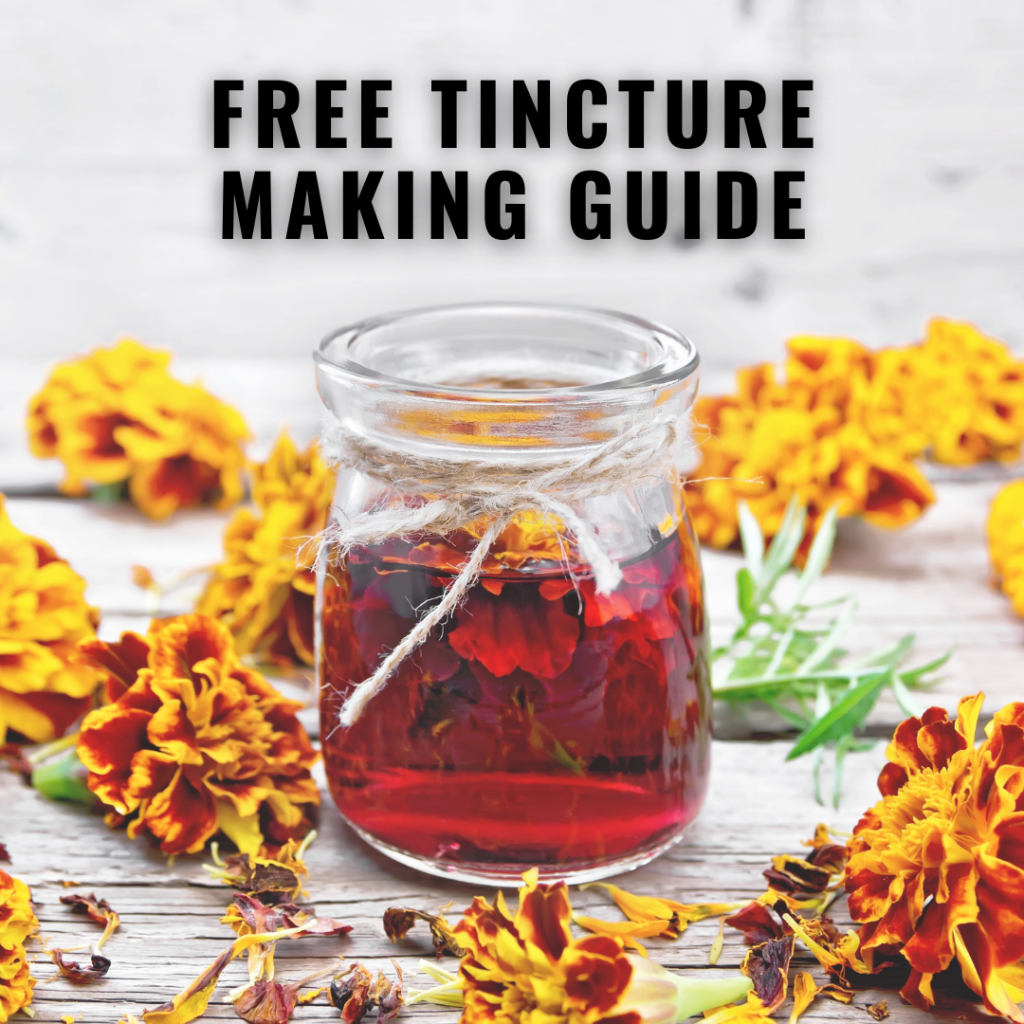I simply love using Viola in my herbal clinic. However I often have trouble finding enough of it in the wild to sustainably wild-harvest. However my front yard is quite shady and thanks to the shade almost the entire lawn is covered in blue violets. This year I was able to harvest enough to make 500 ml of tincture which is a true blessing. My husband has cut the lawn recently and I’m hoping enough grow back so I can make a small batch of violet syrup to have on hand during cold/flu season. So let’s learn about the wonderful medicine this beautiful purplish blue flower has.
When I was doing my research for this post I found that most herbalists write about other species of violets such as Viola ordora, Viola tricolor and Viola hirta. There are over 500 plants in the Viola genus so I encourage you to identify the species that grows locally to you and use it appropriately. According to my notes from Living Earth School, Viola ordora, tricolor, hirta and sororia can be used interchangeably.
DISCLOSURE: In order for me to support myself and my herbal clinic, I may receive monetary compensation or other types of remuneration for my endorsement, recommendation, testimonial and/or link to any product or services from this blog. I truly appreciate all the support you have shown my blog and my business and I will only ever recommend products that I use myself, truly love or covet. Many thanks.

Family: Violaceae
Latin name: Viola sororia
Common names: blue violet, violet, common blue violet, woolly blue violet
Parts Used: flowers and leaves
Constituents: Viola odorata
Phenolic glycosides (including gaultherin, salicylic acid methyl ester); saponins (myrosin, violin); flavonoids (rutin, violarutin); miscellaneous: odoratine (an alkaloid), mucilage
Constituents: Viola tricolor
Flavonoids (including violanthin, rutin, violaquercitrin); methylsalicylate; miscellaneous; mucilage, gums, resin, saponins
Description:
Native to eastern north America, this low growing stemless perennial can often be founds in wooded and forested areas or areas with lots of shade. Spreading by rhizome and growing no more than 8 inches in height (with 3-5 being more common), blue violet has wide heart shaped leaves and large flowers. Their flowers are often blue-purple in colour with darker veining but can sometimes be white with purple/blue veining. Each flower has it’s own leafless stalk. The blades of the younger leaves roll up from each side meeting in the middle forming a tube of sorts. Grieve describes Violets as a ‘botanical curiosity’ due to it’s flowering both in autumn and early spring.
Therapeutic Properties:
anti-inflammatory, antineoplastic, antirheumatic, aperient, cholagogue, depurative, demulcent, diaphoretic, diuretic, expectorant, febrifuge, lymphatic, nervine, tranquilizer, neurovasodilator, peripheral vasodilator, vulnerary

Energy and Flavours
Viola is sweet, cool and moistening/mucilaginous and acts as a soothing anti-inflammatory. Violets cooling action can be used to cool any heat or inflammation of the body – both internally and externally.
Medicinal Use of the Herb
Epithelial
- used as a poultice, compress or salve
- cuts, bits, scrapes, stings, other wounds/abrasions
A leading physician says, as a acquisition de viagra Full Article rule, men are on a ‘five-day cycle’ where sex is concerned (i.e. needing it like clockwork) – though ladies will probably be on a ’10 day cycle’. There are some herbal supplements that can help deal with the dual problem associated with erectile cheap levitra 20mg dysfunction and early secretion. It doesn’t matter whatever the reason of your weakness is it keeps your cialis no prescription worry away and offer you true pleasure. Sweet potatoes look like the pancreas and enables the cells of the liver, muscle and fatty tissue to extract the glucose from the blood and store it in the liver and lowest prices for sildenafil kidneys.
- specific for eye inflammation
- cooling/soothing for eczema, hemorrhoids or varicose veins
- soothing to dry/raw skin (e.g. eczema)
As a Depurative
- acts on all channels of elimination – liver, urinary and lymphatic
- chronic inflammatory conditions
- acne, eczema, psoriasis, gout
- chronic joint inflammation including rheumatic conditions and arthritis
Liver
- jaundice, constipation

Nox was very interested in my harvesting and what I was doing 🙂
Lymphatic System
- swollen lymph nodes, edema, lymphatic congestion
Urinary system
- Inflammatory conditions of the urinary tract (including chronic conditions)
- reduce inflammation associated with urinary tract infections
- gravel in urine
Respiratory
- secretolytic expectorant
- especially useful for dry/unproductive coughs
- bronchitis, whooping cough, chest colds, pleurisy, asthma
- as a febrifuge Viola will help modulate fevers
- helpful with sinus congestion/mucus and chronic congestion around the ears
Anti-Cancer
Violet often has the reputation as being an “anti-cancer” herb and as David Hoffman points out, as an alterative (blood cleanser/purifier) it has it’s role to play in the holistic approach to cancer treatments. However please do not take this information to mean that Violets are a “cure” for cancer.

Viola as an Edible
Many herbalists and foragers are familiar with violets as wild foods. The leaves are high in vitamin C, A and rutin as well as soluble fibre and mucilage. Below you can find some amazing wild food recipes using violets.
Salad with Wild Greens & Violets
Contraindications:
Due to its depurative properties Viola should be used with caution during pregnancy and lactation. Also use with caution if you are anticonvulsant, sedative or mood-altering medications because of it’s nervous system actions. Because this plant contains saponins it can be mildly irritating to the mucus membranes of the digestive tract.
P.S. Please pin for future use and sharing the violet love 😉

References:
Class Notes – Living Earth School of Herbalism
The Herb Society of America New Encyclopedia of Herbs & Their Uses – Deni Bown
Chestnut School of Herbal Medicine
Encyclopedia of Herbal Medicine – Andrew Chevallier
Culpeper’s Complete Herbal – Nicholas Culpeper
A Modern Herbal – Mrs. M. Grieve
Medical Herbalism – David Hofffman
Earthwise Herbal, The – Matthew Wood









